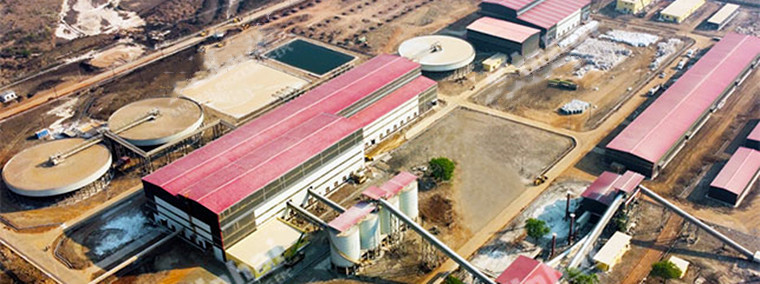Here are some steps and methods for evaluating the effectiveness of sodium carboxymethylcellulose in small-scale trials:
1. Set test conditions: Determine the specific parameters of the test, such as slurry concentration, temperature, pH value, etc.
2. Prepare the sample: Prepare the pulp sample containing sodium carboxymethyl cellulose according to a certain proportion.
3. Run the experiment:
- Observe the fluidity and stability of the slurry and determine its impact on the properties of the slurry.
- Detect mineral processing indicators, such as recovery rate, grade, etc.
4. Comparative analysis:
- Compare with the sample without added sodium carboxymethylcellulose.
- Try different amounts or concentrations of sodium carboxymethylcellulose to observe changes in effects.
5. Examine the following aspects:
- Selectivity to target minerals.
- Inhibition of other impurities.
- Impact on the stability and repeatability of the beneficiation process.
6. Analysis results:
- Evaluate the effect of carboxymethyl cellulose sodium based on experimental data.
- Determine the most suitable dosage and usage conditions.
7. Repeated tests: In order to ensure the reliability of the results, multiple repeated tests can be performed.
8. Comprehensive consideration: Combine with other factors, such as cost, environmental protection, etc., to comprehensively judge the applicability of carboxymethyl cellulose sodium.

In small-scale trials, the following points should also be noted:
1. Strictly control test conditions to ensure data accuracy and comparability.
2. Record detailed test data and processes for subsequent analysis.
3. Reasonably design the test plan based on the properties of the ore and mineral processing requirements.